COLUMN
Jun. 20 2017
The Hokkaido Jingu Festival – The largest summer festival in Hokkaido.
Hey everyone, are you getting in the summer mood? How’s the weather in your town? In Sapporo, it’s finally warming up after a couple of persistent showers. For me, I can finally pull out the pair of shorts that have been sitting in my closet for half a year and enjoy the sunshine!
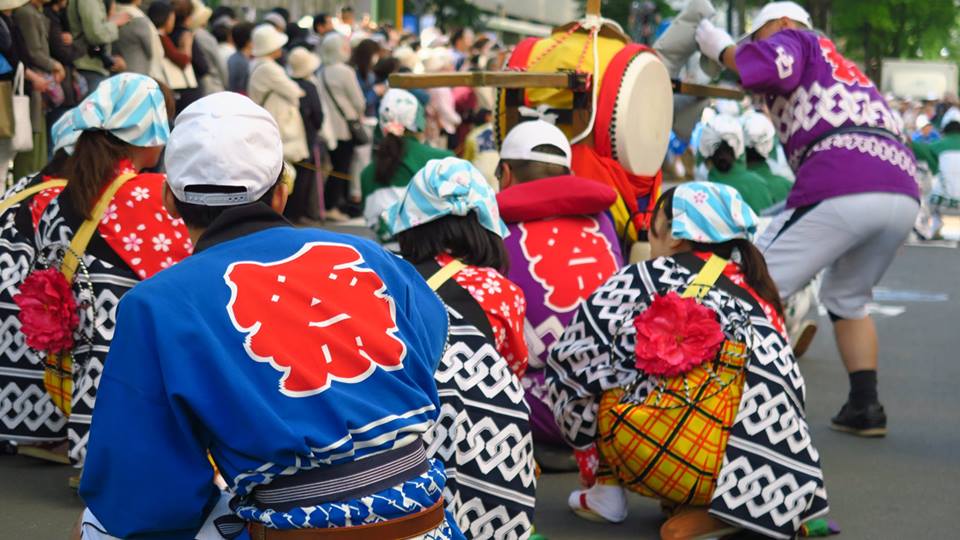
This is one of the most popular festival among the locals
While Hokkaido is famous for its snow and skiing, I personally think that summer, though short, is the best time to come. There are forests, mountains, oceans, and other scenery to enjoy as well as the numerous festivals and events that happen here. Especially in Odori Park, where there’s an event happening almost every week, from the Lilac Festival to Yosakoi Soran Matsuri to Beer festival!
Today I’d like to introduce one of those events, the Hokkaido Jingu Festival(北海道神宮大例祭). The Hokkaido Jingu Festival, also known as the Sapporo Festival, is the largest festival of its kind in Hokkaido a
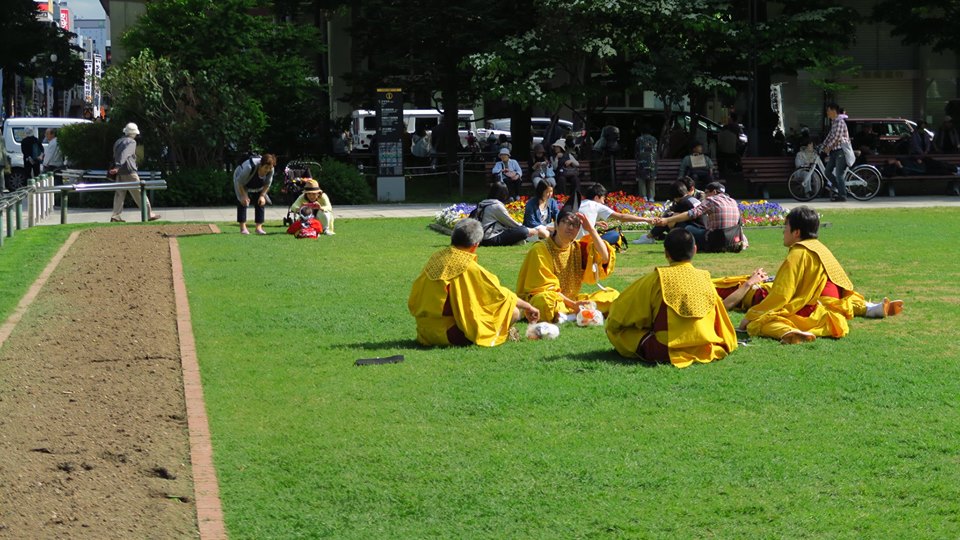
Participants taking a rest on the green pasture.
nd is said to have begun over a hundred years ago. Days before the festival, long white nobori, long slender flags, flutter in the wind throughout town announcing the coming of the festival. From June 14th to 16th of every year, large parades are held throughout town as portable shrine mikoshi, which are said to house the gods of Hokkaido, are carried around. Throughout the three days, hundreds of participants dawn traditional garments and perform traditional dances and music dating back to the Heian period. People from all over can be seen crowded near closed roads, eager to get a glance and snap of the bright colorful parade.
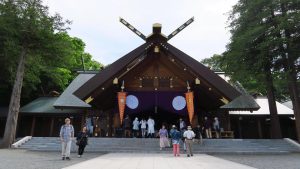
This temple marks the beginning of Hokkaido’s development
Once the parade is over, people flock to Maruyama and Nakajima Park, where stalls with colorful banners and lanterns decorate the park. Traditional festival foods like taiyaki, takoyaki, and yakisoba can be had piping fresh while the more unique foods like spaghetti sticks are also available. Food is pretty affordable, usually ranging from 200 yen to 500 yen. I personally snagged some ramune with a friend; the clang of the marble is one of the sounds that signals the start of summer. Other popular attractions include goldfish scooping, as well as balloons and masks for kids. The haunted house at Nakajima Park is a hit every year as well.
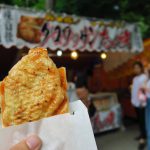
The tai-yaki is in the shape of a red seabream, which represents prosperity in Japan.
While it rained for the first two days of the festival this year, the parades were held regardless, with participants wearing raincoats. As I went from venue to venue, all kinds of people could be found checking out the festival, from small children admiring the giant parade to the elderly snapping photos of performers. The festival was also an opportunity for many to break out their yukata, or traditional summer garments, to really get in the festival mood.
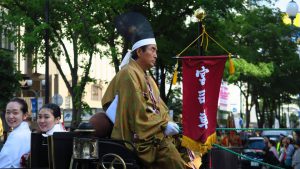
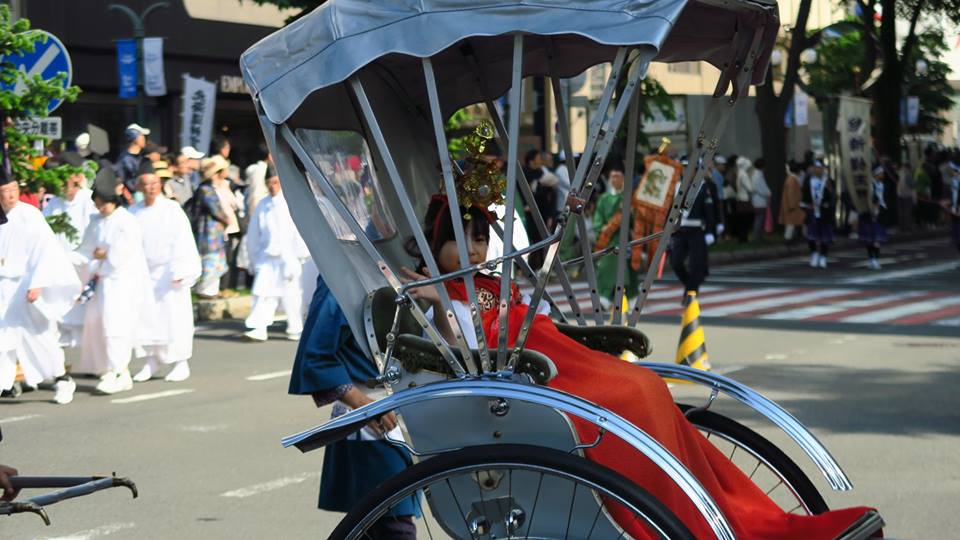
If you happen to be in town around this time next year, you won’t miss it. Even if you aren’t here during the festival, you might want to give your prayers at the Hokkaido Jingu Shrine!
Discover Cool Things !
Trippino HOKKAIDO

iOS : http://goo.gl/Qf5daP
Android : http://goo.gl/AxcjHG
NEXT RECOMMEND
-
Jan. 052024
To the Ski Slopes by Subway! No Car No Problem!
-
Dec. 272018
Surviving Hokkaido Winter: Top Tips for the Everyday!
Let's enjoy Hokkaido
LATEST
Jun. 25 2025


